I can guarantee you’ve had matutolypea at some point in your life. Don’t panic – it’s not some horrible internal disease or toe fungus. It’s when you wake up in the morning feeling grumpy and out of sorts. So it’s basically a posh way of saying that you got out of bed the wrong side.
A very old figurine that may or may not be Hakuna Matata, sorry Matuta Mater (from Wikipedia).
Etymology wise, despite its grand appearance, matutolypea is actually pretty straightforward. It’s a word of two halves. The ‘matuto’ bit comes from ‘Matuta Mater’, an ancient Roman goddess of the dawn. She was worshipped on the western and southern edges of the Roman empire and would later matutate (this is a bad play on words, sorry) into the slightly better-known Aurora. The second part of matutolypea comes from the Greek word ‘lype’, which means ‘grief or sorrow’. So it basically translates as ‘morning mourning’, which is pleasing (unless you’ve got it, or live with someone who does).
Even with these impressive classical roots, ‘matutolypea’ seems to be a fairly modern word, first turning up in print in the 1990s. Sadly, you won’t find it in any mainstream dictionaries either (but that’s never stopped me before).
Despite Matuta being largely forgotten when it comes to goddesses, we get lots of other morning-type words from her name, some more well known than others. They include ‘matins’ which are morning church services, ‘matinee’ for an afternoon performance and ‘matutinal’ which means something is happening in the morning (these have come to us via the French word ‘matin’, which I’m sure you’ll remember from school means ‘morning’).
Your challenge for this week is to say something like this to as many people as you can:
‘Don’t talk to me for at least an hour until my matutolypea subsides.’
And feel free to let me know their reaction in the comments.




